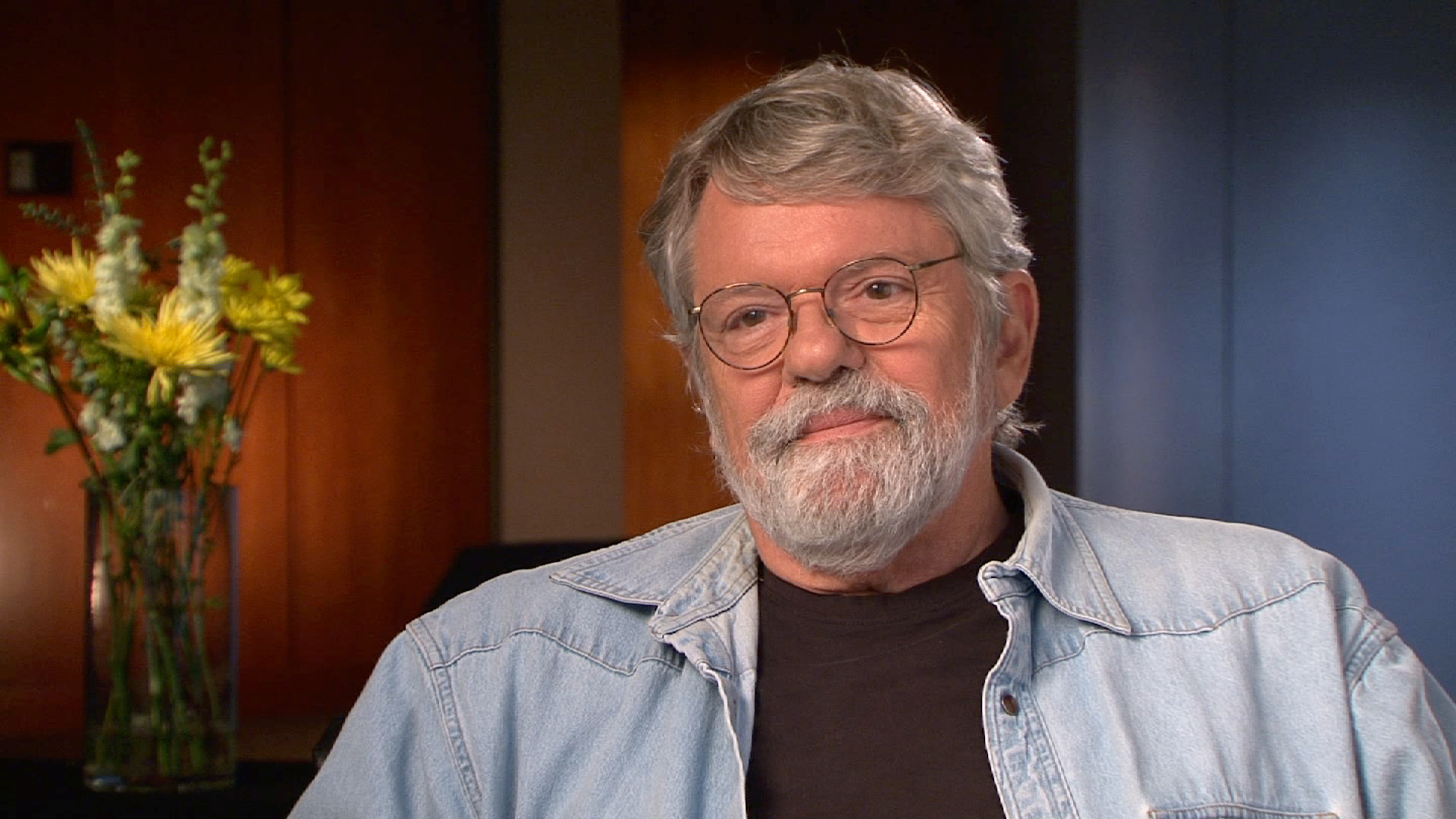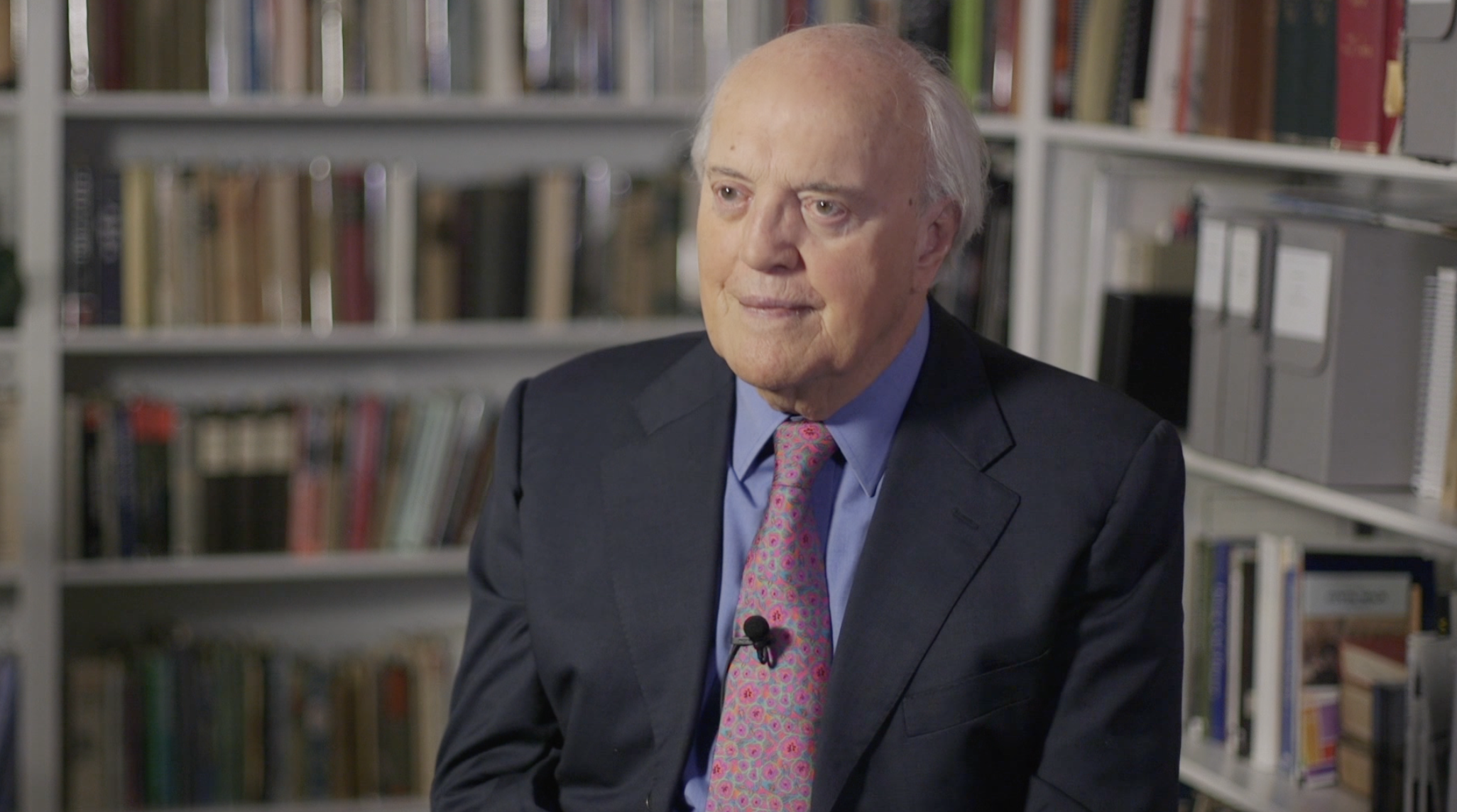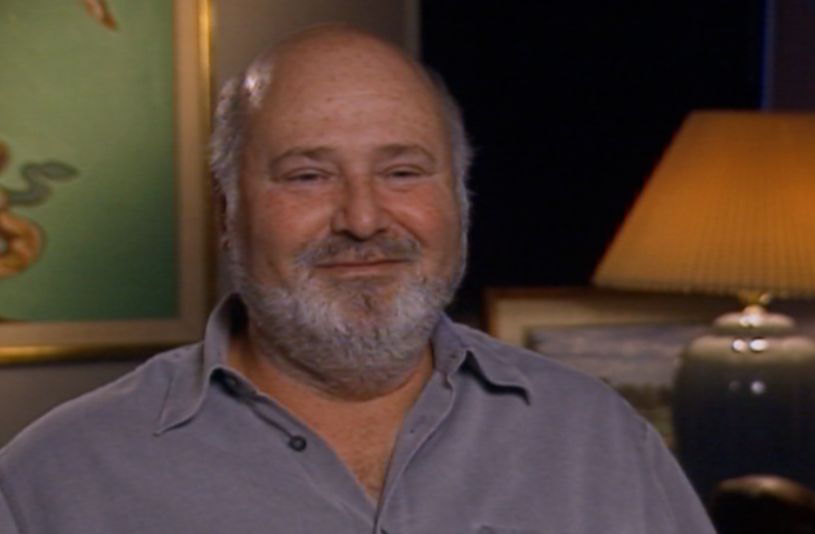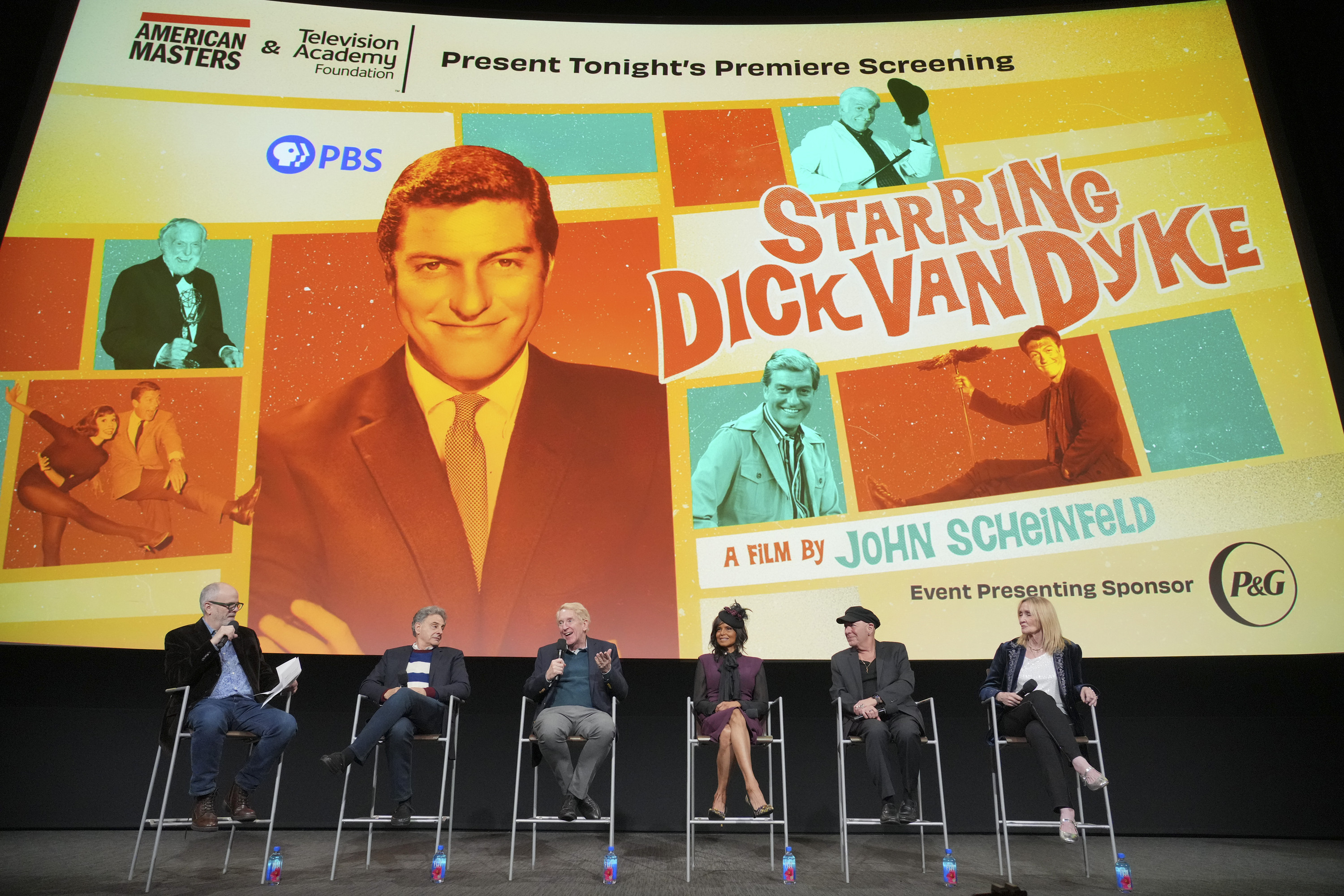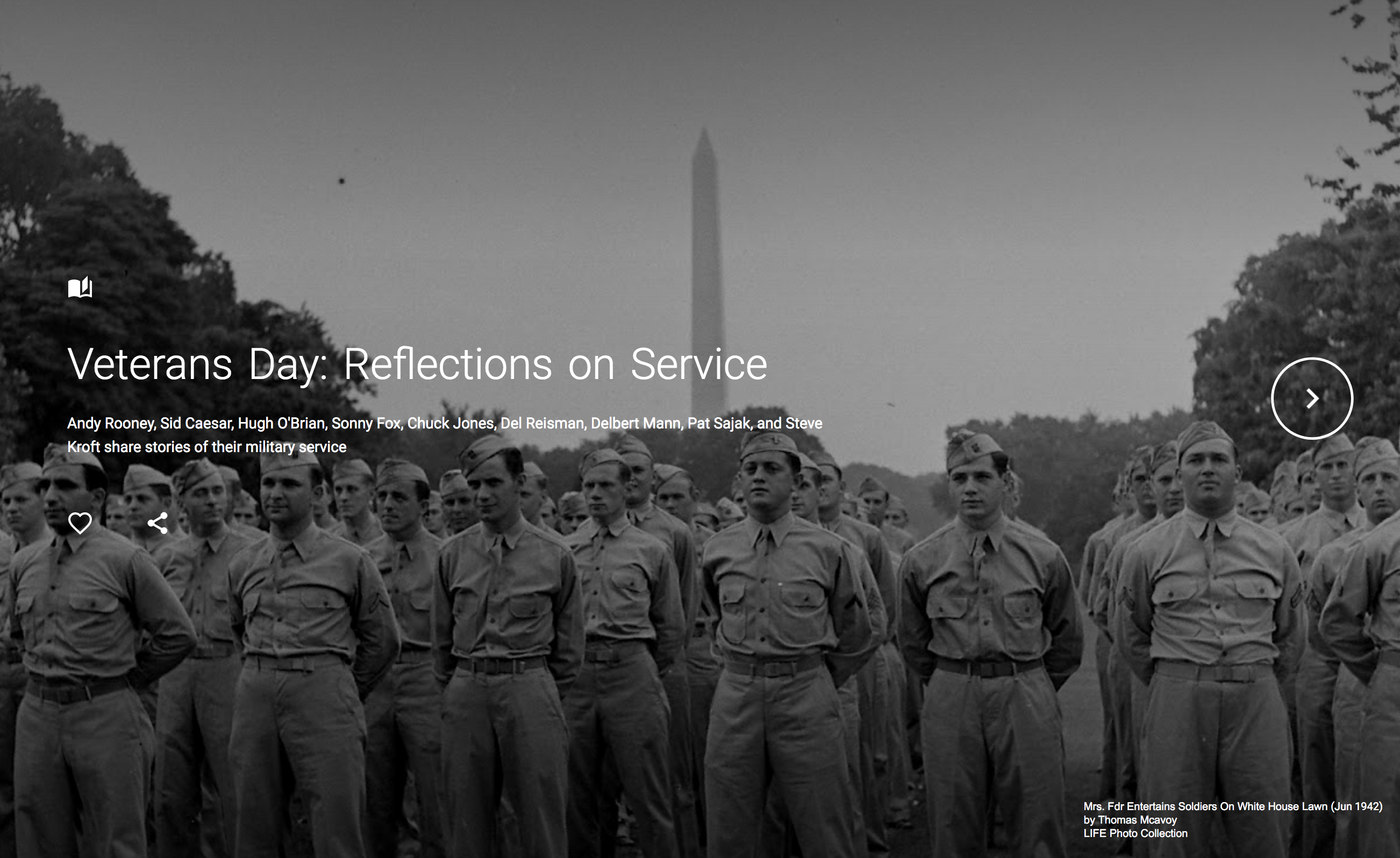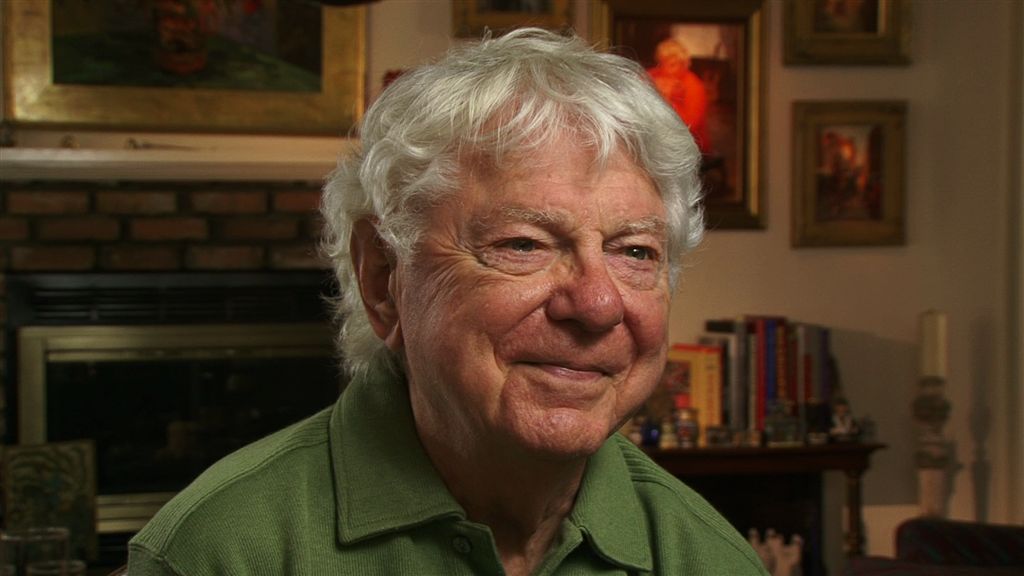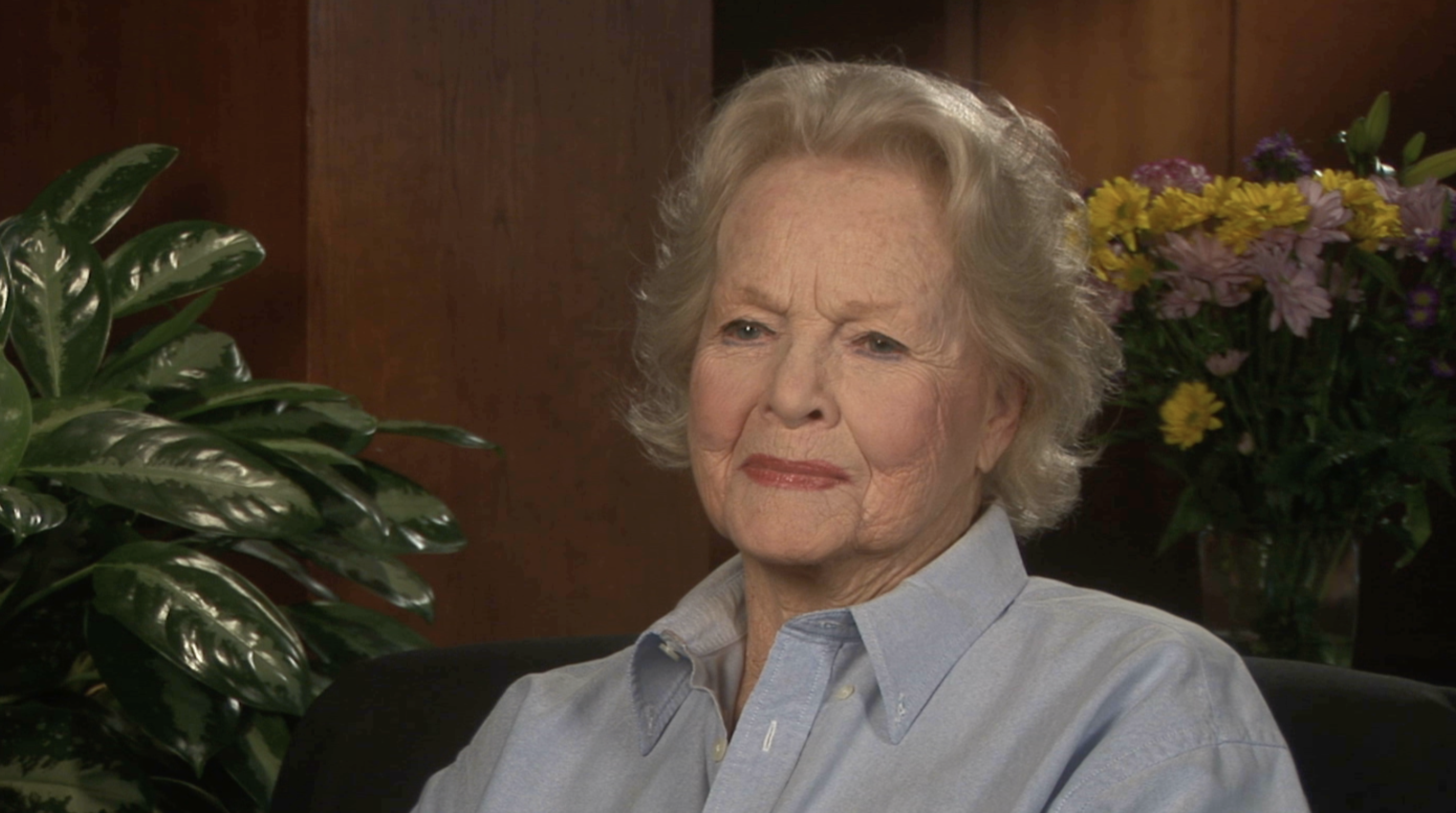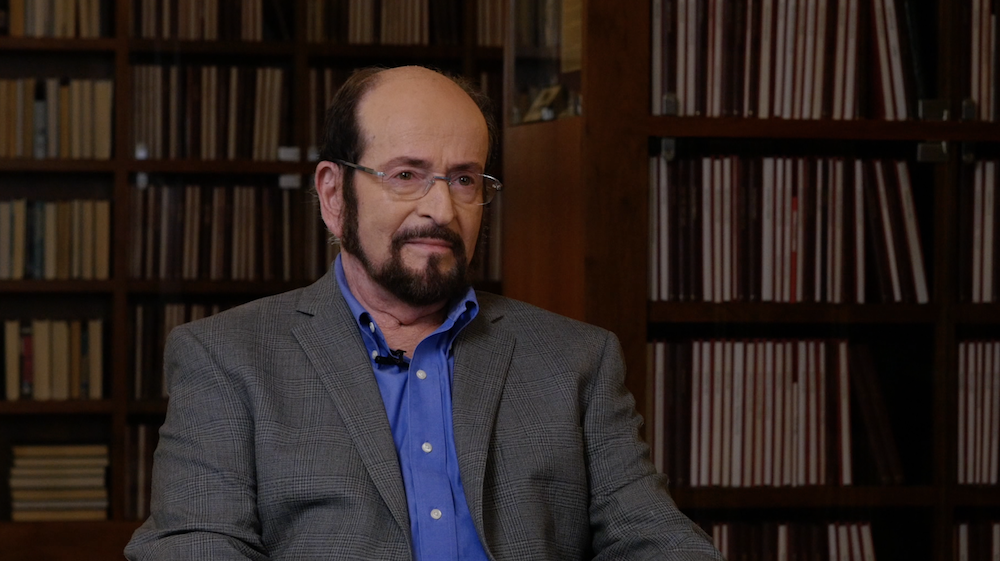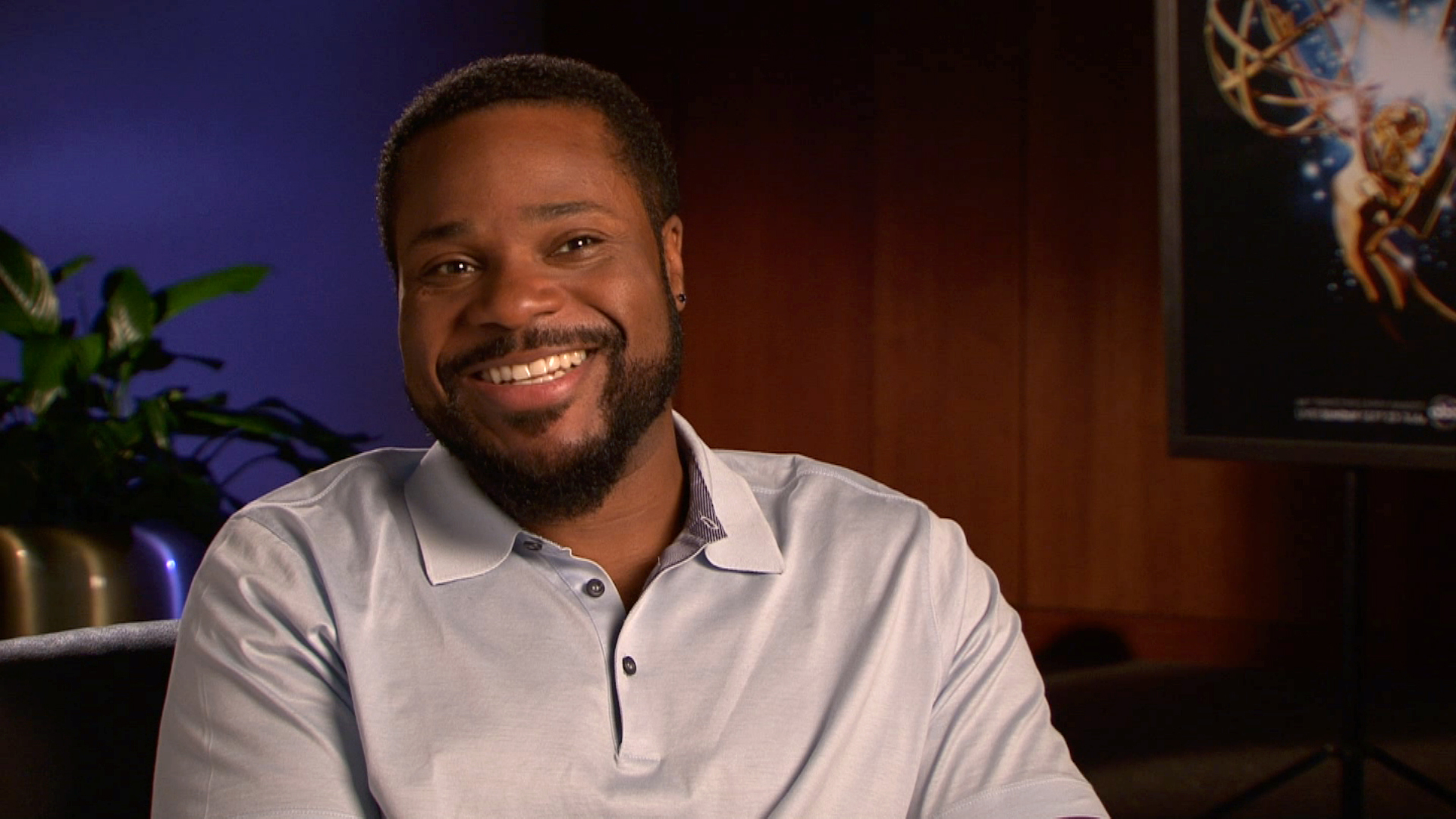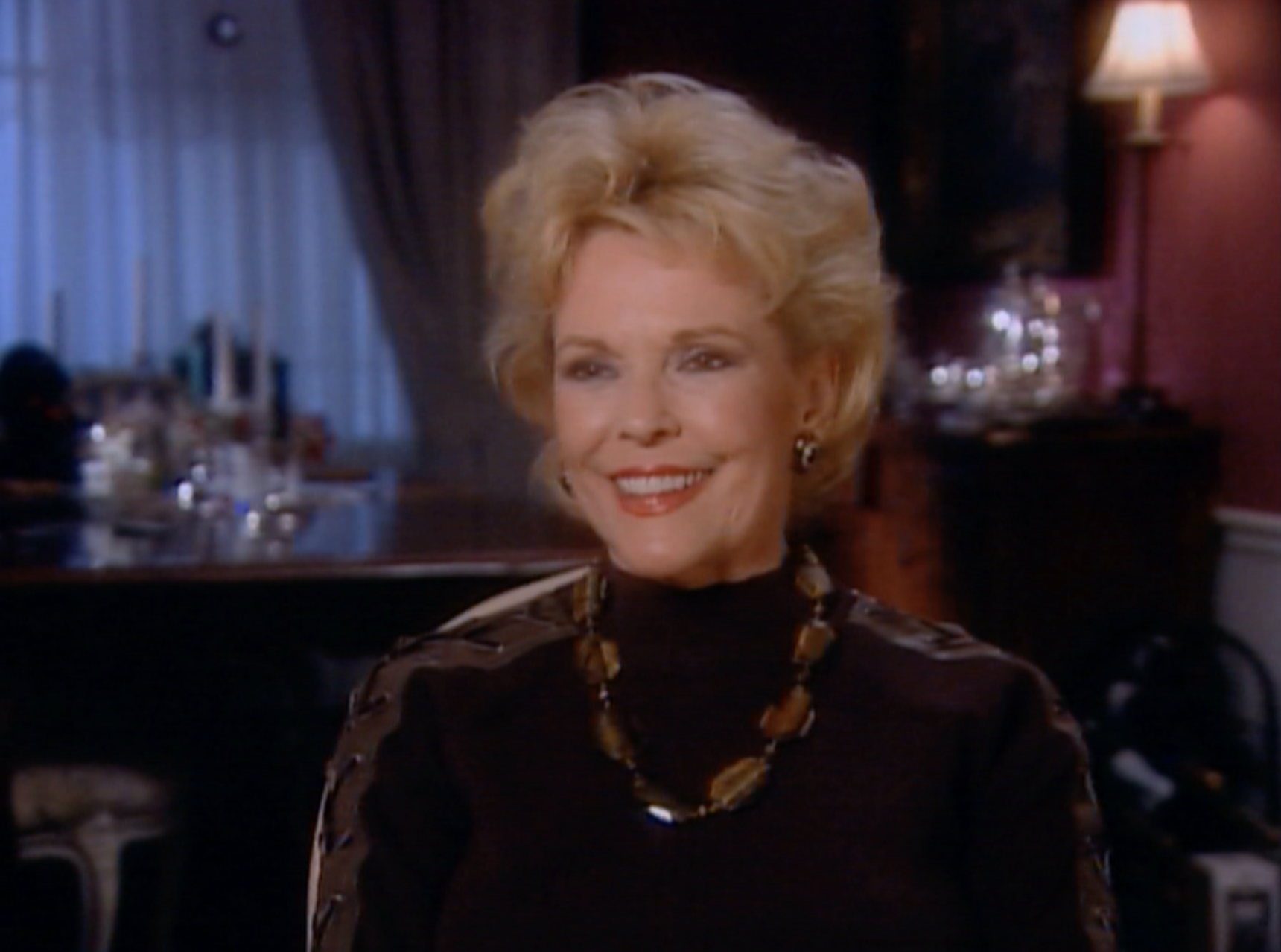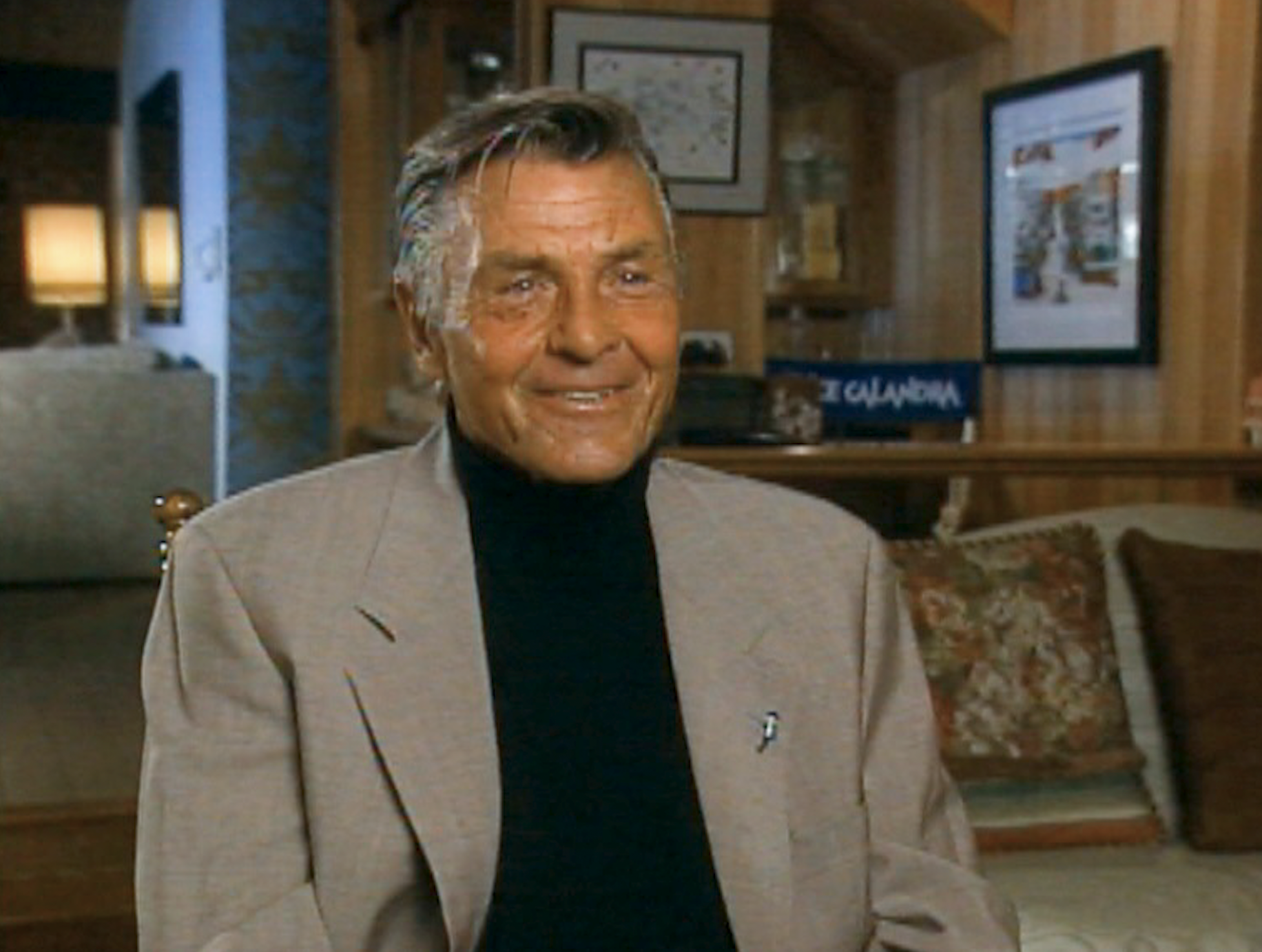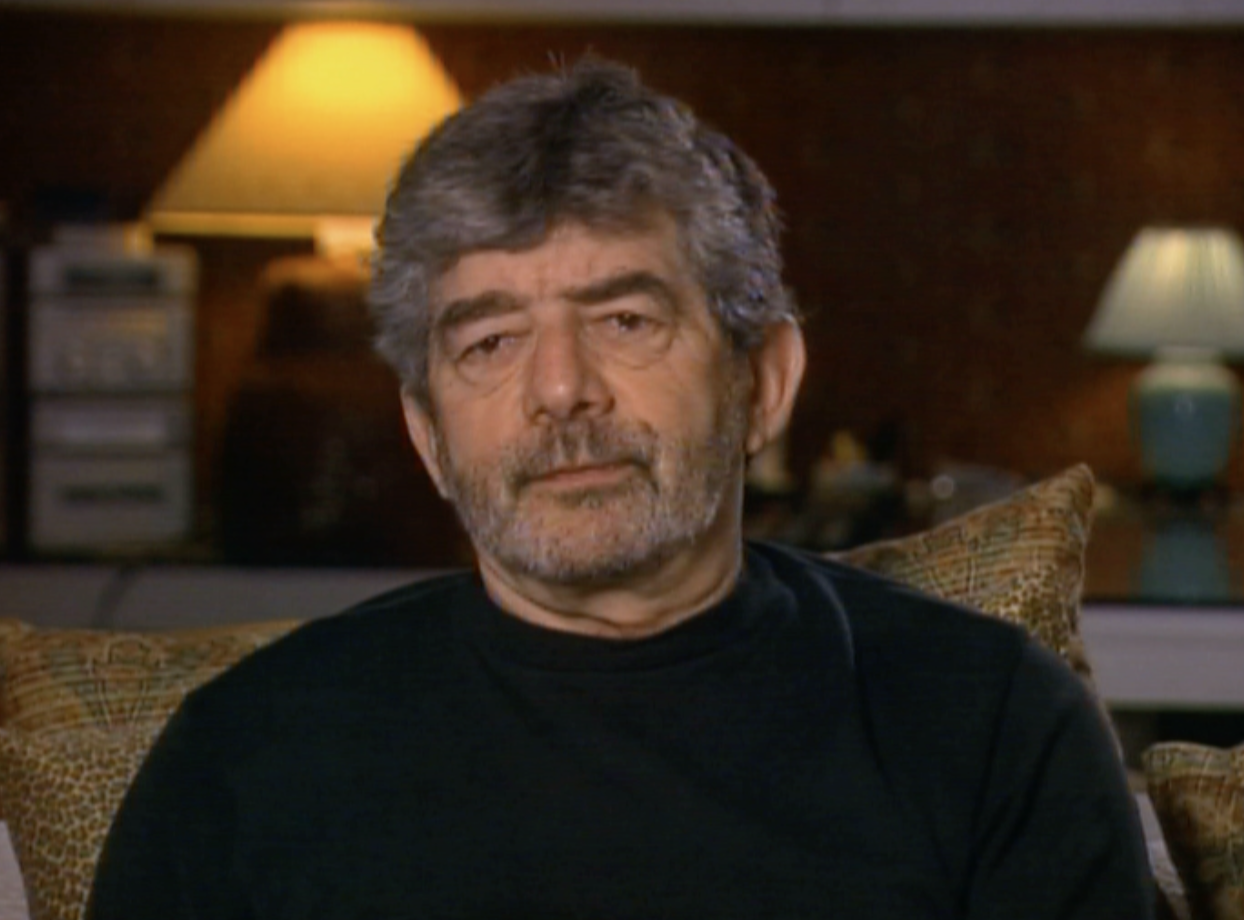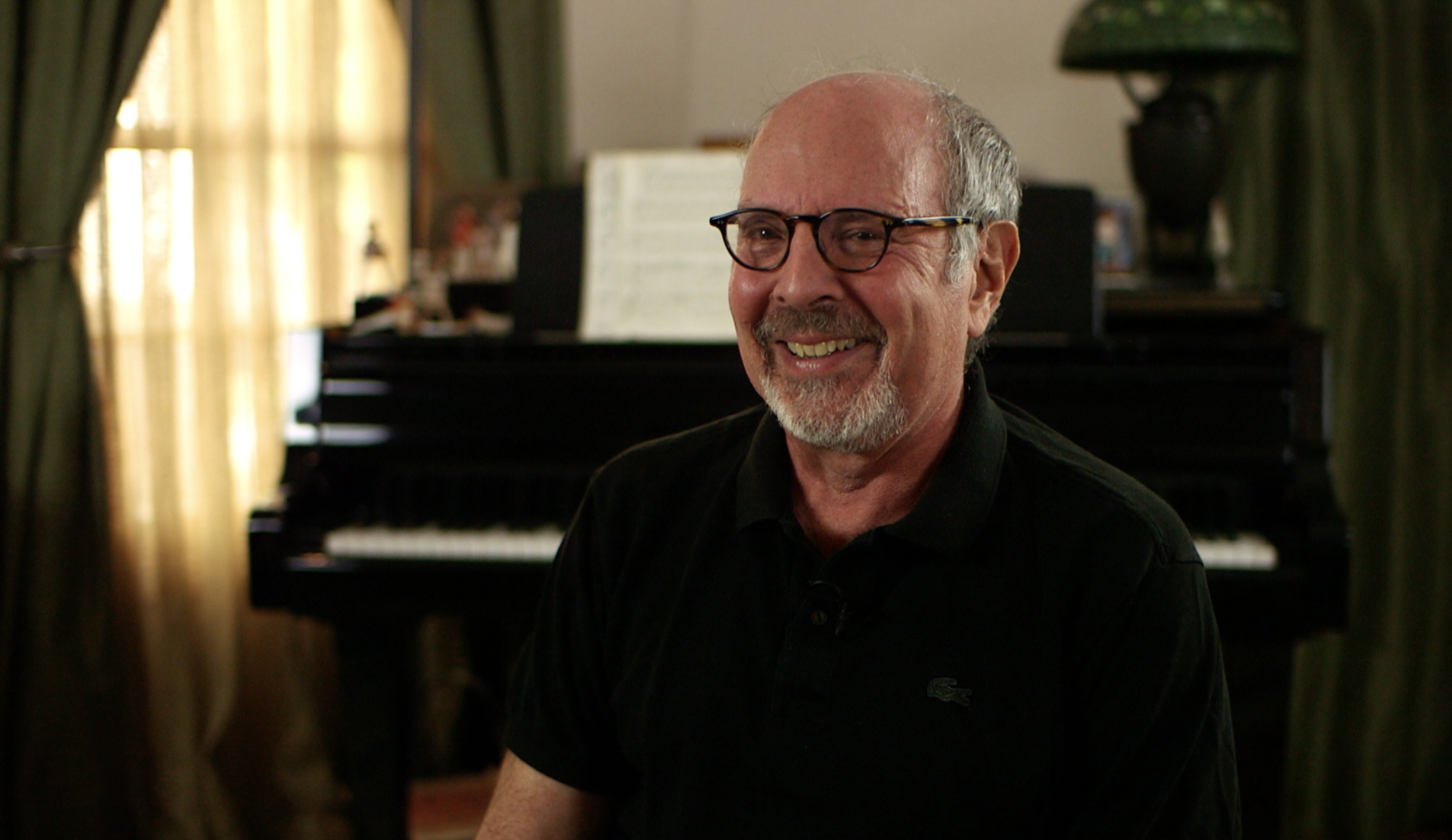"Mary Kay and Johnny," American Network TV's First Sitcom, Celebrates its 60th Anniversary! Archive Interviews Now Online

Mary Kay and Johnny was a live domestic comedy that centered around a young couple that lived in Greenwich Village: he worked at a bank and she was a homemaker. It debuted on November 18, 1947. Mary Kay and Johnny (1947-50) originally ran on the Du Mont network (for nearly a year), then (except for a brief stint on CBS) spent the rest of its run on NBC.
Among the true-to-life storylines used on the show: Mary Kay got stuck in an elevator; Mary Kay left the apartment with a cake in the oven, leaving the "culinary-challenged" Johnny to finish the task; and, most importantly, Mary Kay's pregnancy and birth to son Christopher William (on December 19, 1948: that night's episode was done thirty minutes after his birth and showed an "expectant" Johnny Stearns pacing the waiting room floor). At the age of ten days, Christopher William made his debut on the show, and became a regular, years before there was a "Little Ricky."
Variety's October 13, 1948 review opined: "Much of the show's charm is traceable directly to the femme half of the team, who displayed a pleasant personality that prototyped the average conception of a young American housefrau.... Storyline picked them up with Mary Kay making plans for her first baby, which is due in a couple months, and her difficulties in buying the right baby carriage. It was that simple, but also that good. Whether the gal is actually going to have a baby wasn't made clear, but it would be a neat idea for the series..."
The Archive of American Television interviewed both Johnny Stearns (creator/writer/co-star) and Mary Kay Stearns (co-star) of this pioneering program. Click here to view their entire 4-part joint-interview (parts 1 through 4).
Interview Excerpts:
Mary Kay on breaking into television:
I went back to New York to start looking for work, and I got a call from an agent saying that there was a television job that I should go and see about. And of course, at that time, I didn’t know that much about television. But you know, a job is a job. So, I went down into the garment neighborhood of New York, and had an appointment with a man named J. Jostle, who owned a junior dress company. And he said, “yes, I’ll-- it’s fine, you can do it.” And I said, okay, so I went at the appointed time to Du Mont studio, which was downtown in New York, in what was Wannamaker’s Department Store... And so it was a fifteen minute program [modeling dresses] and during the 15 minutes, I think we had something like five dresses so it was quite hectic.
Johnny Stearns on convincing the sponsor of Mary Kay's previous show to consider a sitcom:
So I want up to this garment district and up in the elevator, and met J. Jostle, a very nice man, and he said, “you know,” he said, “we're all madly in love with your wife. She’s the cutest thing we ever saw. But I’m going to get out of TV, because the only sets in New York City are in bars, and I don’t think I’m going to sell too many J. J. Junior dresses to fellows drinking beer in a bar.” And I said, well, I think you’re absolutely right. And I said, however, if you’re going to go off of the air, how about letting us have one performance, because there’s something I’d like to try. And he said, “what is it?” I said, well, in radio, there’s a great many domestic comedies and comedies, I mean, The Jack Benny Show, and The Easy Aces and Henry Aldrich, and you know, all of these... but there’s never been anything like it on TV. So, I’d like to try it. He said, “well, I’ll tell you what. I have a friend who manufactures compacts that have a flashlight in them so that women can powder their nose in the dark.” And he said, “I’m going to give you 200 of those.” And if you can do anything you want to on the air, and just offer these to the viewers, and if you can get rid of all 200 of them, give them away free, maybe I’ll continue.” So, we went home to our little apartment, and I wrote a script about a young married couple-- well, we hadn’t been married very long. And so we did the program, and at the end of the 15 minutes, Mary Kay said, “and now, in honor of our first performance of the Mary Kay and Johnny show, we want to give you these--” And then we went home and prayed all night, because we thought, how embarrassing it’s going to be if no one likes them. And about 11 o’clock the next day I called up Mr. Jossel and I said, are you getting mail? And he said, “come on down.” And I said, but did you get any-- and he said, “come on down.” Wouldn’t tell me, so I went down there, climbed up to the office in the warehouse district, and he had something like 8000 letters, telegrams, over night mail, and a contract this long for Mary Kay and Johnny show, to sign. And which flabbergasted us. And I said this was the start of Mary Kay and Johnny show.
Johnny Stearns on the show's plotlines:
I can remember an episode that we did, and the reason I remember it, I also used it as an audition for U.S. Steel when they were considering hiring us. And it consisted of the two of us in the living room. I was reading the paper and Mary Kay was at a writing desk, writing a letter. And she said: “Darling.” And I’m lost in the paper. She said, “Darling.” I said, “hum?” Not looking up, the paper’s around. She said, “how do you spell ‘scrumptious?’” And I said, ‘scrumptious’? Just they way it sounds.” And Mary Kay went, “No, that isn’t one of the words you can do that. How do you spell it?” I said, “s-c-r-u-m-p-- shush.” And she says, “shush?” And I said, “yes.” And she said, “are you sure that’s right?” And I put down the paper and I said, would I have any reason to lie to you?” And she said, “well, I’ll take your word for it. It looks funny, but I’ll take your word for it.” I said, “well, you are you writing to?” She said, “I’m writing to the president of U.S. Steel.” And I said, “oh, how long have you two been carrying on a correspondence?” She said, “Not long. This is my first letter.” I said, “well, what are you writing him about?” And she said, I’m writing about our stainless steel flatware that we just bought.” And I said, “well, what are you saying?” She said, “I’m saying it’s ‘scrumptious’.” And, you know, it went on kind of-- so this was kind of little bit of the flavor of the thing that ah-- generally the situation was that because of Mary Kay’s big generous heart, she would create a situation that would put me in a real bind, but then by the time the half hour was over, she either intentionally, or unintentionally would get me out of the bind. That was kind of basically what would happen. But there were all sorts of things done.
Johnny Stearns on getting revenge on a critic:
I remember one we did where I was returning some glasses to a neighbor across the hall because we had had a party. And Mary Kay said, “be very, very quiet, because I’ve finally gotten Christopher asleep. So I went out the door, to return the glasses, and when I came back, she inadvertently had put the chain on the door. So I you know, “Mary Kay, Mary Kay,” which obviously she couldn’t hear, and Christopher couldn’t hear. So I was stuck. I was outside, couldn’t ring the bell. So went down the hall and climbed out a window and went along a ledge, you know, a little tiny ledge and we had-- this was on film, so you could shoot all this kind of thing. It’s perfectly safe, but it looked great, and while this was going on, Mary Kay had the radio on very low, and an announcer was saying, “there’s a cat burglar in such and such an area of New York, has been spotted, so we just want to warn people. So at this point, I was pulling the window up from the outside, and Mary Kay was, you know-- so she got a vase, and as I-- because the room was dark. And she got a vase, and as I came in, she hit me over the head, and boom, I went down. And so Mary Kay ran to the phone and asked information, the number for the police station. And at this point I began groaning, and so she said to the information, “oh, hold the line a minute,” she went back and hit me again.” And finally, she got off the phone and she turned on the light, and she said, “oh, it’s you, darling.” Well, we had gotten a bad review from a columnist by the name of Harriet Van Horn. And you know, when someone writes a bad review, there’s no way you get back. You can’t write a bad review about them. So when Mary Kay said, “oh, it’s you, darling.” I said, who were you expecting, Harriet Van Horn?
Interview descriptions:
John ("Johnny") Stearns (1916-2001) talked about growing up with a theatrical background, as his mother founded the “Petersborough Players,” in Petersborough, New Hampshire. This town was the model for Thorton Wilder’s “Our Town” and Stearns described how Wilder staged “Our Town” there himself, making this theatre the first summer theatre to do the play after its Broadway run. Stearns described his days in the theatre on the New York stage and his entrance into television on the experimental Philadelphia station WPTZ-TV. He described his work on stage and in film (Boomerang) with Elia Kazan. Stearns described how he became the creator, writer, producer, and star (along with his wife) of the very first television situation comedy, Mary Kay and Johnny (1947-50). He described the week by week production of the show, storylines used, and a description of its run on three different networks (Dumont, NBC, CBS). He also talked about his several year stint in the 1950s as the spokesperson (along with his wife) for U.S. Steel, appearing in commercials during the U.S. Steel Hour. He talked about other series he produced and directed such as: The Steve Allen Show (the WNBC show which would later become the Tonight show), Faye and Skitch (1953-54), Make Me Laugh (1958), Music Bingo (1958-59), and Seven Keys (1961-64). He also described in detail producing the long running agricultural program AG, USA, which began in 1961.
Mary Kay Stearns described her stage debut at age 2 and a half at the Pasadena Playhouse in California. She talked about her appearances on stage and in film on the West Coast before moving to New York to appear on Broadway. She described her television debut on the Dumont network on a show called J.J. Juniors, in which she modeled junior fashions. The timeslot was then taken by the Mary Kay and Johnny show (1947-50), television’s first situation comedy in which she described her co-starring role with her husband. She later found herself on television in Mary Kay’s Nightcap, in which, from 1951-52, she “signed-off” for NBC by telling the viewers what would be on television the following day and doing occasional interviews. She talked about appearances on “live” television shows such as the Armstrong Circle Theatre and Kraft Television Theatre. She also talked about her several year stint in the 1950s as the spokesperson (along with her husband) for U.S. Steel, appearing in commercials during the U.S. Steel Hour.
